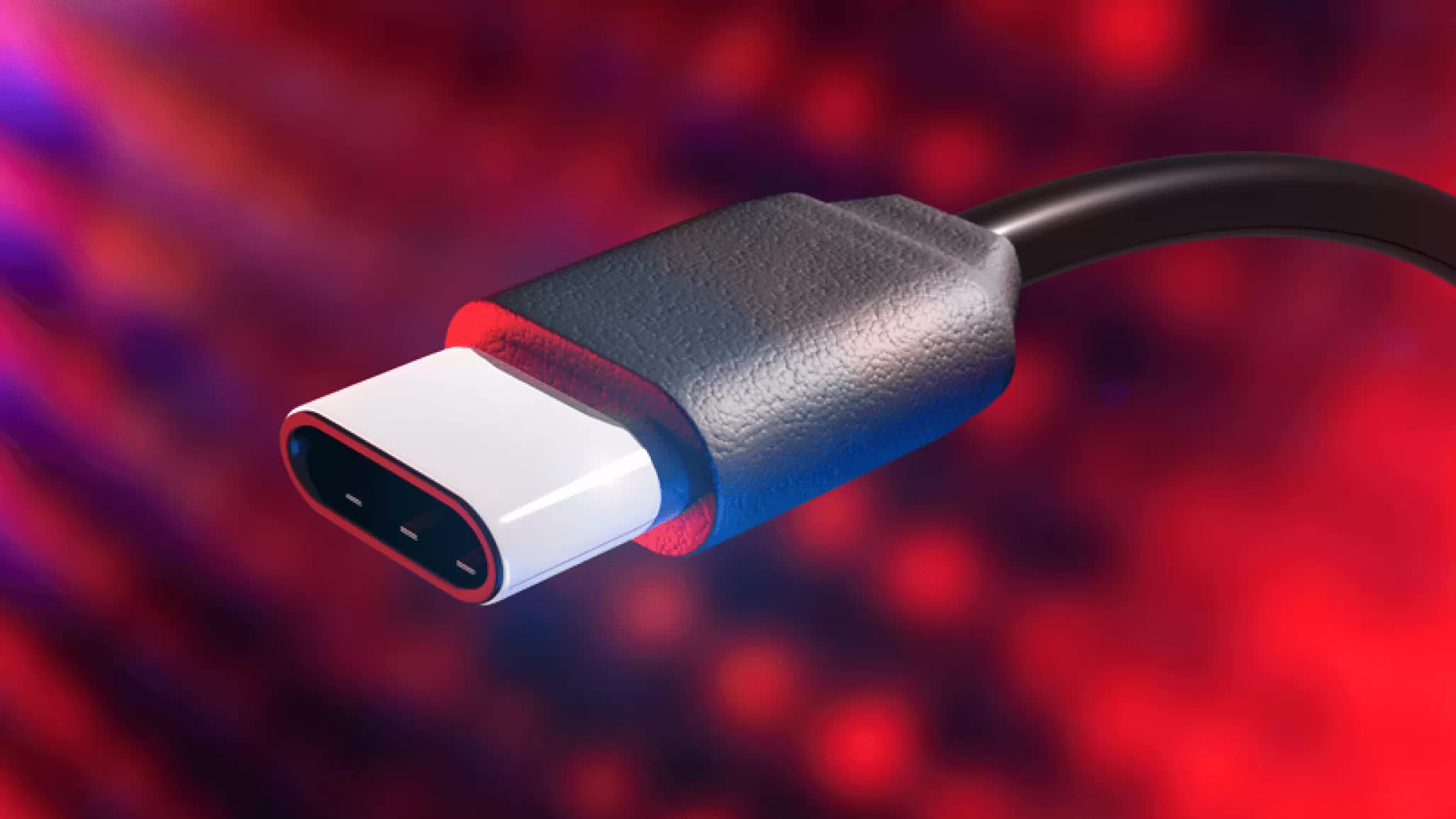A hot potato: The European Union decided to impose USB-C as the de-facto standard for data communication and battery charging on small devices two years ago. The new rule is now going into effect, despite Apple’s objections, which include concerns about reduced technological innovation.
The European market is making USB-C the sole interface for battery charging on mobile and portable gadgets. The EU Parliament approved the USB Type-C mandate in 2022, compelling even reluctant manufacturers to adopt the port for their chargers. By the end of 2024, all mobile phones, tablets, and cameras sold in the EU must feature a USB-C charging port – and that’s just the beginning.
By 2026, the mandate will extend to laptops as well.
European authorities explained that the new rule would allow consumers to use a single, universal charger for all their portable devices. USB-C chargers will remain compatible with new products, creating a standard for a wide range of small and medium-sized portable electronic devices with power delivery under 100 watts. By 2026, the mandate will extend to laptops as well.
The EU also stated that devices supporting fast charging will have the same charging speed, ensuring that any compatible charger can power up devices at the same rate. According to the European Commission, the adoption of a common USB-C charger will improve interoperability across the market, reducing the impact on both consumers and the environment.

The USB-C mandate is expected to increase consumer choice and force manufacturers to abandon their outdated “lock-in” business model, which requires customers to purchase products exclusively from a single brand. Apple, one of the most notable offenders in this practice, actively resisted the EU’s push for a common USB-C charger.
In 2022, Apple argued that the regulation would enforce “conformity” in the types of connectors used by devices, stifling innovation. Apple also claimed the regulation would harm both European consumers and the broader economy. However, the company was ultimately forced to comply. Apple’s SVP of Marketing, Greg Joswiak, admitted that they had no choice but to adopt USB-C in their devices.
The iPhone 15, introduced last year, marked the first generation to replace Apple’s proprietary Lightning port with USB-C. According to EU estimates, the ability to reuse old chargers will save consumers up to €250 million annually. Europe also warned that disposed chargers currently account for 11,000 tonnes of additional e-waste every year.








Leave a Comment